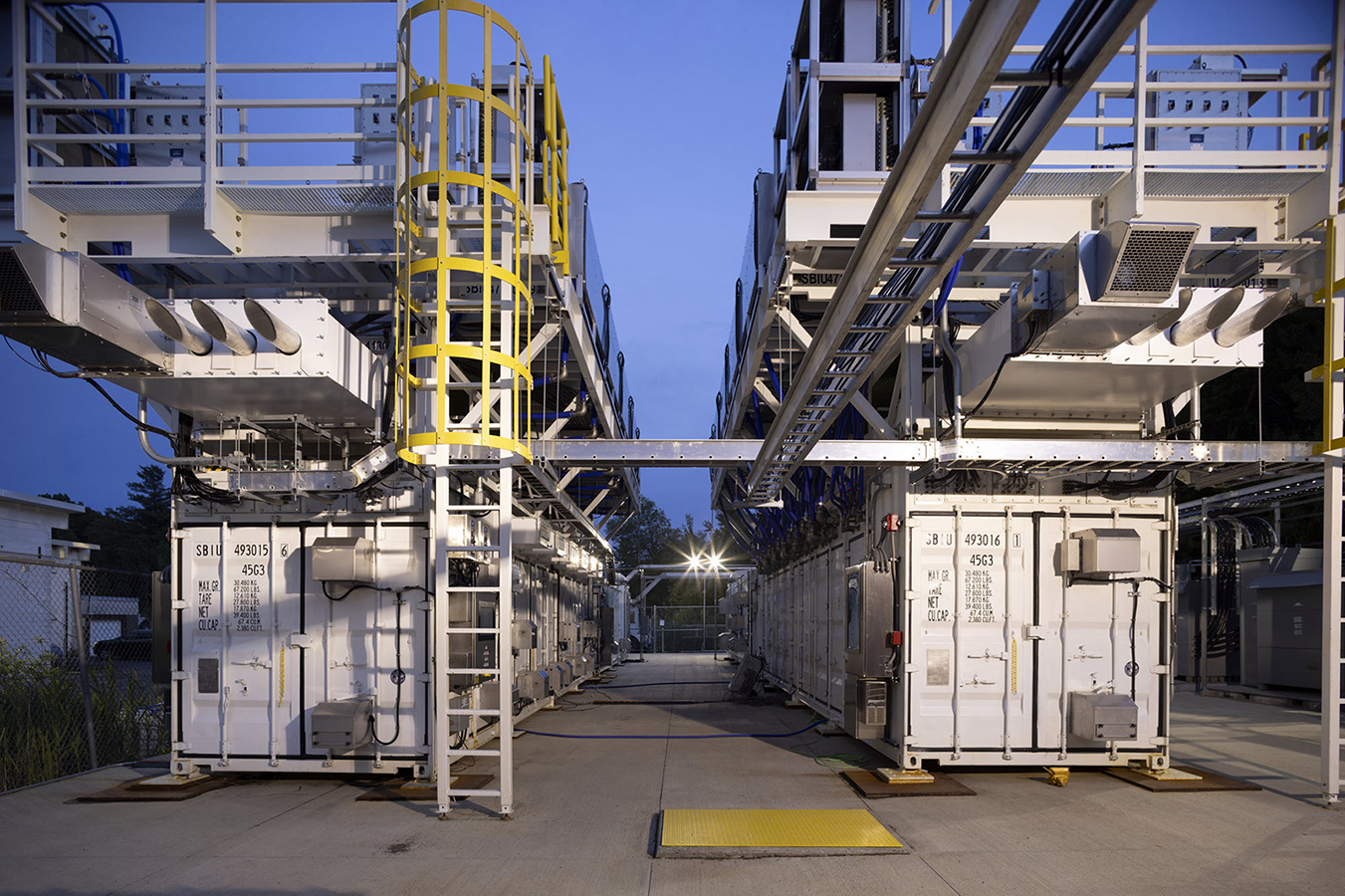Stay Up to Date
Submit your email address to receive the latest industry and Aerospace America news.
The Terrestrial Energy Systems Technical Committee works to advance the application of engineering sciences and systems engineering to the production, storage, distribution and conservation of energy for terrestrial uses.
In a January report, the International Council on Clean Transportation think tank estimated that replacing the entire passenger aircraft fleet with liquid hydrogen-powered aircraft by 2050 could reduce, but not eliminate, carbon dioxide emissions by 31% of projected 2035 levels. In February, Airbus announced it could convert an A380 test aircraft into its ZEROe demonstrator to test different aircraft configurations for a passenger airliner that would begin service in 2035. GE and Safran, under their subsidiary CFM International, will develop a hydrogen combustion engine for the ZEROe program. Various companies, including H2FLY, GKN Aerospace, Pipistrel and Zero Avia, are also developing prototypes with delivery dates between 2023 and 2035.
In July, the European Union-funded Enabling Cryogenic Hydrogen-Based CO2 Free Air Transport, or ENABLEH2, project described its progress on retrofitting a Britten-Norman Islander aircraft with liquid hydrogen-powered fuel cells. The researchers are investigating fuel heat management and a diffusion-based micromix combustion of hydrogen to avoid flashback and autoignition. Plans call for achieving certification by the European Union Aviation Safety Agency by 2025 and equipping second-generation aircraft designs with superconducting turboelectric propulsion.
In June, impact of hydrogen-powered aircraft’s worldwide network on carbon dioxide emissions was presented at the AIAA Aviation forum. Hydrogen’s high reactivity allows aircraft to operate at leaner conditions where thermal nitrogen oxide emissions could be reduced with advancements in combustion. Hydrogen-produced contrails still contribute to global greenhouse gases, so contrails and nitrogen oxide emissions must be addressed to solve the hydrogen combustion puzzle. In July, Rolls-Royce announced a partnership with easyJet of the U.K. to develop a hydrogen-combustion engine. Plans call for beginning with ground tests of an AE 2100 turboprop engine with liquid hydrogen, then a Pearl 15 low-bypass turbofan engine.
Also in July, Microsoft announced tests of a “hydrogen generator” consisting of fuel cells packed into a pair of shipping containers. The company’s goal is to replace the diesel-powered backup generators that power its data centers during power grid outages. The results could be a turning point for fuel cell technology that could in turn be applied to aviation.
Global capacity for hydrogen production is at 8 gigawatts, according to the International Energy Agency’s annual report published in September, an increase from 2021’s capacity of 300 megawatts. By 2030, global capacity may reach 60 GW, far below the 850 GW needed to achieve net-zero carbon emissions by 2050.
Hydrogen infrastructure investments gained momentum in the U.S. after President Joe Biden signed the Bipartisan Infrastructure Law in November 2021, which included $9.5 billion for the Department of Energy to develop clean hydrogen hubs. The department in September opened the call for applications and plans to select between six and 10 initial sites. The long-term goal is to reduce the price of hydrogen $1 per 1 kilogram in one decade, or 1:1:1. Other countries including Australia, Chile, China, India, Japan, Morocco, Namibia, Oman, Saudi Arabia, South Korea and the United Arab Emirates diversified their energy portfolios with green hydrogen throughout the year.
In June, Airbus and Linde signed a memorandum of understanding to develop hydrogen infrastructure at airports across the world, with pilot projects to begin at select airports in early 2023. Also in June, Air Liquide and Groupe ADP announced a similar venture.
Throughout the year, various companies joined the Hy24 investment fund for clean hydrogen, among them Airbus, CDPQ Technip Energies, Enagas, H2 MOBILITY Deutschland and Mirova.
Stay Up to Date
Submit your email address to receive the latest industry and Aerospace America news.




